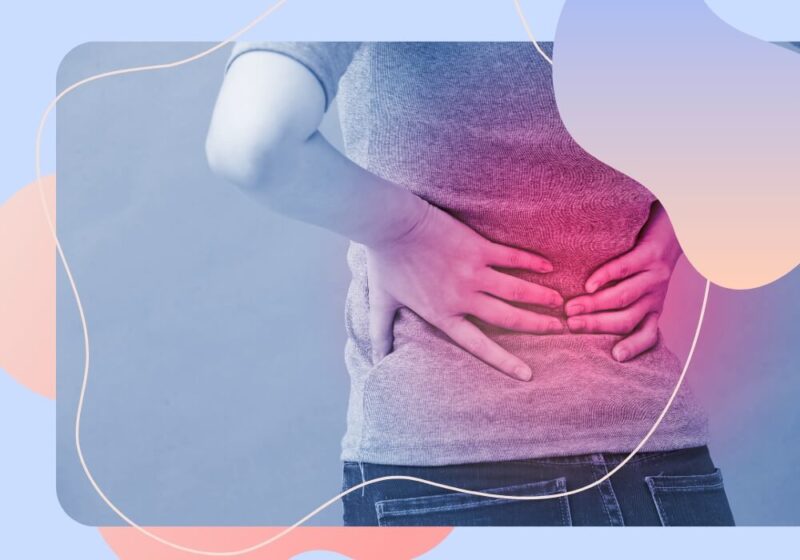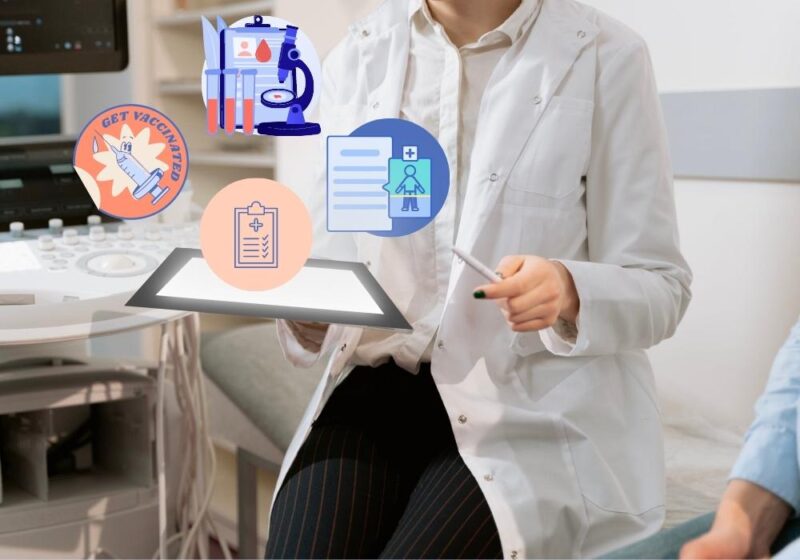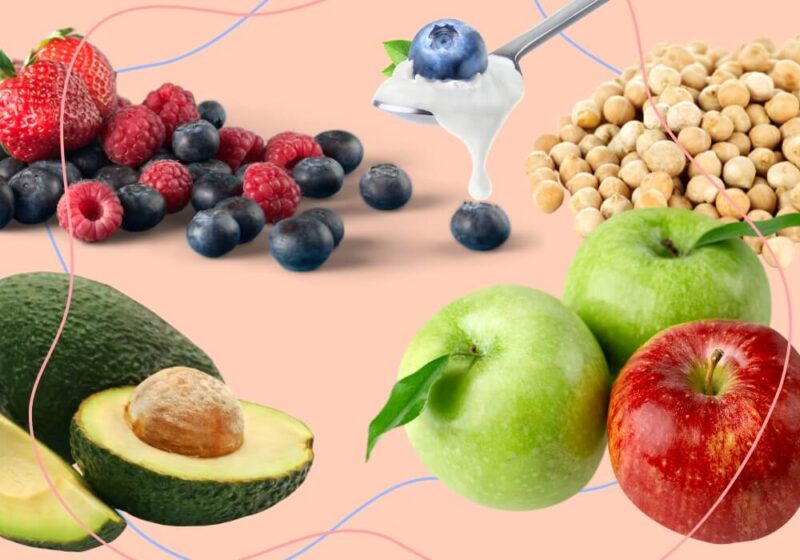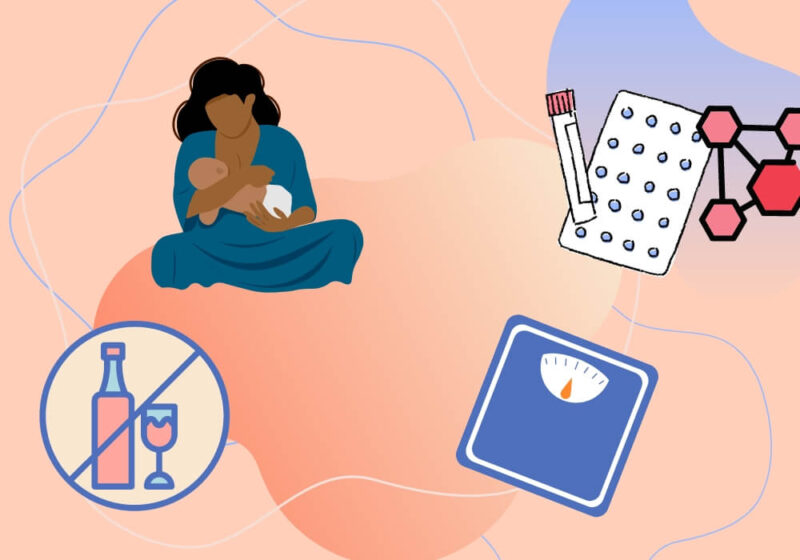For those who don’t know much about kidneys, they are the two bean-shaped organs that sit below your rib cage. They reside on either side of your spine and are the size of your fist. Though they may be small, they deserve special care and treatment. Let’s identify some of the most common kidney diseases and how you can lower your risk by improving your overall kidney health.
Understanding Your Kidneys and How They Function
Let’s start with the basics of kidney function: what do they do? First, the kidneys make urine by filtering waste and excess fluids. This waste then travels from the kidneys to the bladder where it’s then expelled from your body.
Kidneys maintain homeostasis in the body by regulating fluid and electrolyte levels. Electrolytes are minerals like sodium, calcium, and potassium that help the body function. Kidneys regulate electrolytes by adjusting the amount of water and salt eliminated through urine.
Another job of the kidneys is to control blood pressure. When blood pressure is low, kidneys produce a hormone called angiotensin II. This hormone constricts the blood vessels, thus increasing blood pressure. Kidneys also produce the erythropoietin hormone which creates red blood cells that carry oxygen to the body’s tissues.
The liver produces a vitamin called calcidiol. When calcidiol passes through the kidneys, it’s turned into an active form of Vitamin D. This active Vitamin D can help increase calcium levels in the blood when they’re low, and also helps to maintain strong bones.
Exploring Different Types of Kidney Diseases
Kidneys clearly play an important role in keeping your body healthy. When your kidneys don’t function properly, a number of health issues can occur.
Chronic Kidney Disease
This condition causes the kidneys to increasingly lose their ability to function. It usually derives from existing health issues like diabetes, high blood pressure, and glomerulonephritis. Chronic kidney disease (CKD) often occurs in people who are over the age of 60 or who have a family history of stroke and kidney or heart disease.
Chronic kidney disease creates dangerous levels of waste, fluid, and electrolyte buildup. Because of this, a common symptom of CKD is decreased or increased urine output. Complications such as anemia, bone disease, and nerve damage can occur in the late stages of this disease. At that point, kidney dialysis or even a transplant may be required.
Glomerulonephritis
Glomerulonephritis happens when the filters in your kidneys, called glomeruli, become inflamed. When this happens, toxins, metabolic waste, and excess fluid cannot be filtered out into the urine. They buildup in the body, leading to fatigue and swelling. Glomerulonephritis is often caused by diabetes, lupus, or other underlying health conditions.
Atypical Hemolytic Uremic Syndrome
This rare syndrome, also referred to as aHUS, occurs when blood clots form in your small blood vessels. This damages the lining of your vessels, reduces blood flow, and thus harms your kidneys. Atypical Hemolytic Uremic Syndrome is caused by a mutated gene in your immune system. Instead of protecting your body from infection, aHUS tells your body to attack its own cells. Alport syndrome, bartter syndrome, fabry disease, cystinuria, and polycystic kidney disease are also genetic kidney disorders to be aware of.
UTIs and Kidney Stones
Urinary tract infections, or UTIs, happen when bacteria from outside of your body invade your bladder and urethra. It enters your urinary system and leads to infection and inflammation. Though usually a mild condition, UTIs can cause kidney damage if untreated.
Kidney stones are hard mineral deposits created in the ureters, bladder, or kidneys. Your urine may contain excess amounts of crystal-forming substances like calcium, oxalate, and uric acid. If you don’t have enough fluid in your urine to dilute these substances, kidney stones form, which causes pain and damage to your kidneys and urinary tract.
What Are the Symptoms of Kidney Problems?
Not all kidney-related diseases and conditions have the same causes. But many of the symptoms are similar:
- Urinating more frequently or less frequently than usual
- Changes in color and consistency of urine
- Swelling in your ankles, feet, legs, or face
- Feeling unusually tired or weak to the point where daily tasks are harder to perform
- A buildup of fluid in the lungs leading to shortness of breath
- Vomiting, loss of appetite, or nausea
- Itchy, dry, or irritated skin
- Difficulty falling asleep
If you notice any of these signs, make an appointment with your doctor to get a diagnosis. They can administer a test for kidney disease and give you a blood test. The blood test will see how well your kidneys filter blood. This is called a glomerular filtration test. If the test results are less than 60, your kidneys may have issues and proper treatment is needed.
How to Maintain Good Kidney Health
Whether or not you’ve been diagnosed with kidney disease, taking care of your kidneys is essential. Here are some preventative steps you can take toward maximizing your kidney health.
Control Your Blood Pressure
If keeping your blood pressure healthy isn’t a goal, you might suffer from a stroke, heart attack, or kidney disease. That’s why it’s a good idea to invest in a blood pressure home monitor. This allows you to check and control your blood pressure at all times. You can buy one at the drug store or online.
Improve Your Diet
Eating a balanced diet will help you escape kidney disease and manage diabetes, cholesterol levels, and blood pressure. Eat a controlled portion of carbohydrates to keep your blood sugars in check. To season your meals, use herbs and spices instead of salt. Rather than frying food, learn to grill, bake, or boil.
Get Some Exercise
When you exercise several days a week, you can easily manage your blood sugars and blood pressure. If you have not been recently active, talk to your health provider and start engaging in some form of exercise. Try finding activities that you like such as dancing, swimming, jogging or even walking. The goal is to choose something fun that gets your heart beating.
The Amazing Benefits of Keeping Your Kidneys Healthy
If you want to maintain lifelong health, you have to treat your kidneys right. Taking care of them will help prevent a number of chronic diseases. Living a healthy lifestyle makes it that much easier for your kidneys to work like they should.
At Preventive Primary Care, our dedicated care team is here for you and offers personalized health care for your needs. To schedule an appointment, contact us at 302-722-6550 or visit us online at www.preventiveprimary.com.



